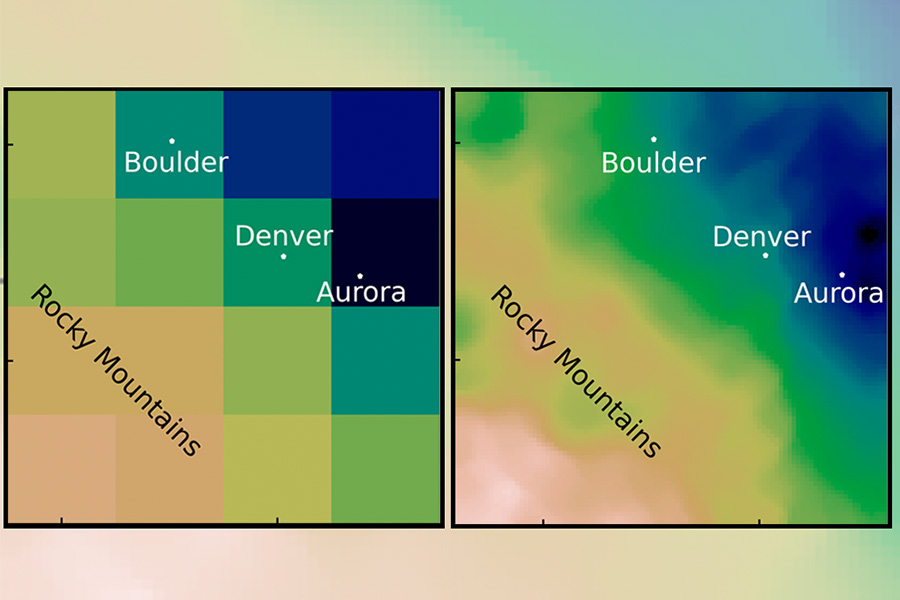In Short:
Climate models are used to predict impacts of climate change like sea level rise and flooding. Current models are slow and costly. A new open-access paper proposes using machine learning to reduce the costs. By simplifying the physics and supplementing it with historical data, the model can produce results quickly and at a higher resolution. This could help stakeholders make decisions about managing climate risk more efficiently.
The use of climate models plays a crucial role in predicting the impacts of climate change. Scientists and policymakers rely on simulations of the Earth’s climate to estimate conditions like sea level rise, flooding, and temperature fluctuations to make informed decisions. However, existing climate models face challenges in providing this information quickly and cost-effectively for smaller scales, such as city-sized areas.
New Methodology with Machine Learning
The authors of a new open-access paper published in the Journal of Advances in Modeling Earth Systems have introduced a method that leverages machine learning to enhance current climate models while reducing computational costs. Sai Ravela, a principal research scientist at MIT’s Department of Earth, Atmospheric and Planetary Sciences, co-wrote the paper with EAPS postdoc Anamitra Saha and stated that this approach challenges traditional wisdom.
Downscaling and Machine Learning
In climate modeling, downscaling involves refining global climate models to provide more detailed information for specific regions. The researchers employed machine learning techniques like adversarial learning to enhance the data. By simplifying physics equations and supplementing them with historical data statistics, they were able to generate high-resolution results efficiently.
Benefits and Future Applications
One surprising benefit was the minimal training data required, allowing for quick model training and result generation within minutes compared to months by other models. This advancement enables stakeholders like insurance companies and local policymakers to assess risks promptly. The research team aims to expand the model’s capabilities to include other critical events such as tropical storms and temperature variations for broader applications.
Future Outlook
With plans to apply the enhanced model to locations like Boston and Puerto Rico as part of the Climate Grand Challenges project, the researchers are excited about the methodology’s potential impact and diverse applications it could enable.





